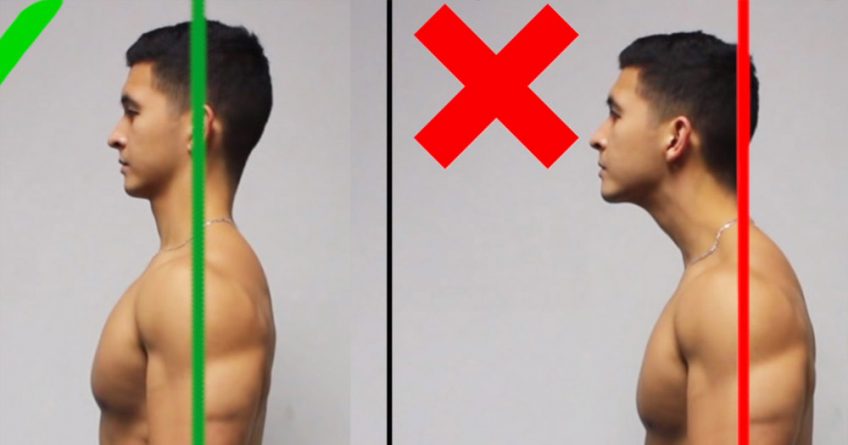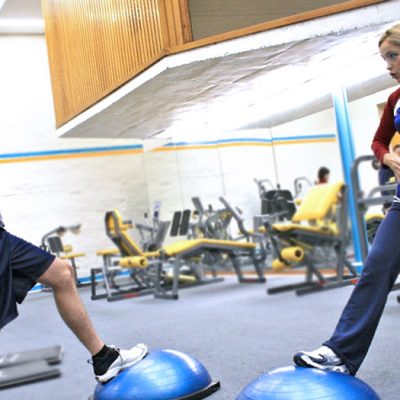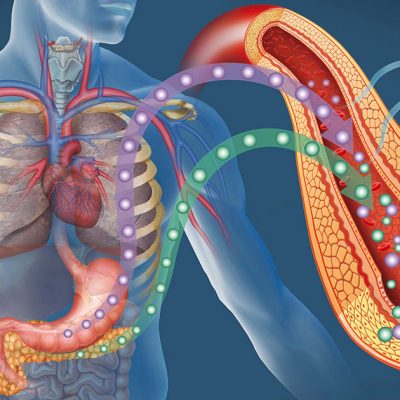One of the more common postural distortions seen in doctor’s offices these days is Forward Head Posture or FHP. In my office, it is frequently a contributing factor of neck pain and stiffness patients seek relief for.
Importance of Good Posture
We’re a health conscious society today and good posture is a part of it. Good posture means your spinal bones are properly aligned and your joints, muscles and ligaments can work as nature intended.
Good posture helps contribute to the normal functioning of the nervous system. Without good posture, your overall health can be compromised.
- The long-term effects of poor posture can effect bodily systems such as digestion, elimination and breathing as well as muscles and ligaments.
- A person who has poor posture may often be tired or unable to work efficiently or move properly.
Emergence of Forward Head Posture
In the past several decades, with the proliferation of computers in business, FHP is becoming a common modern day affliction. Since we live in a forward facing world, the repetitive use of handheld devices, computers, TV, video games, trauma and even heavy backpacks have forced the body to adapt to a forward head posture.
Think of your head as a bowling ball that weighs around 6-7 kg. Ideally, your head should be positioned directly over your cervical (neck) spine and shoulders.
If your head is even a few centimeters forward to this normal position, the weight of your head effectively doubles the load your neck has to support. If you keep your head in this position for long periods, pain syndromes will eventually occur and can cause the above-mentioned symptoms, as well as upper back muscle spasms.
Ongoing Effects
Because the neck and shoulders have to carry this weight all day, spinal tissues are subject to significant loading for sustained periods of time. The spinal tissues can, over time, deform and undergo remodeling changes that could become permanent. When this happens it takes much more time to correct.
Postural distortions are very subtle at first and become progressively worse over time if steps are not taken to change the course of FHP. Forward head posture has been shown to flatten the normal neck curve, resulting in disc compression, damage and early degenerative changes or arthritis.
This abnormal position is often linked to tension headaches that start at the back of the head and sweep over the top and front of the head. FHP can also cause tension in the TMJ (temperomandibular joint) or jaw joint leading to pain, headaches and bite problems.
Some evidence exists that postural positions can effect the nerve tissue by altering blood flow to the spinal chord. People with uncorrected FHP can potentially suffer chronic or unpleasant conditions, such as pinched nerves and blood vessels as seen in thoracic outlet syndrome.
Detecting and Correcting FHP
FHP is fairly easy to detect. Patients are usually asked to look up at the ceiling, down at the floor, and then straight ahead. I then find the center of the shoulder and draw an imaginary line up.
The line should pass right through the middle of the ear where the hole is. If you were to continue this imaginary line down through the rest of your body the line should fall through the middle of your hips, through the middle of the knee and ankle.
In my office determining FHP is fairly straightforward. If I suspect a postural component to a patient complaint the first step is a thorough consultation and spinal examination, along with x-rays (if needed) to identify all factors that may contribute to Forward Head Posture.
Once identified, chiropractic adjustments and exercise/postural recommendations can be made. Most chiropractors will point out poor ergonomics and situations that pre-dispose an individual to FHP, and give practical solutions.
Non-Chiropractic Solutions
1. For office use and video game play, place your computer monitor height so the top third of the screen is 50 to 65 cm from your face. Be sure to support your lower back.
2. Every 20-30 minutes, sit up straight and pull the neck and head back over the shoulders. Hold for a count of 3 and do 15-20 reps. Alternatively, stand against a wall with a small pillow at your mid-back. Move your head back to touch the wall. Hold for a count of 3 and do 15-20 reps.
3. Always use a back support pillow when sitting or driving. By supporting the low back, the head and neck will move over the shoulders.
4. At home, lay face down on the floor and extend your head and shoulders up, while pinching your shoulder blades together. Hold for a count of 3 and do 15-20 reps
5. Backpacks – maximum backpack weight should be 15% of your child’s weight. Never wear backpacks over one shoulder. Always use a waist belt, and if available, a chest belt to neutralise the load. Without these belts, the head will move forward to compensate for the load. A new type of backpack with an air bladder has been shown to significantly reduce weight without a strap.
Monitoring good posture should be a lifetime commitment. With a little effort and awareness, you can be assured a future doing things you love to do, rather than suffering from the damage and degeneration FHP and poor posture can bring.
If you have questions or concerns about your posture or other related issues, contact your local chiropractor.









